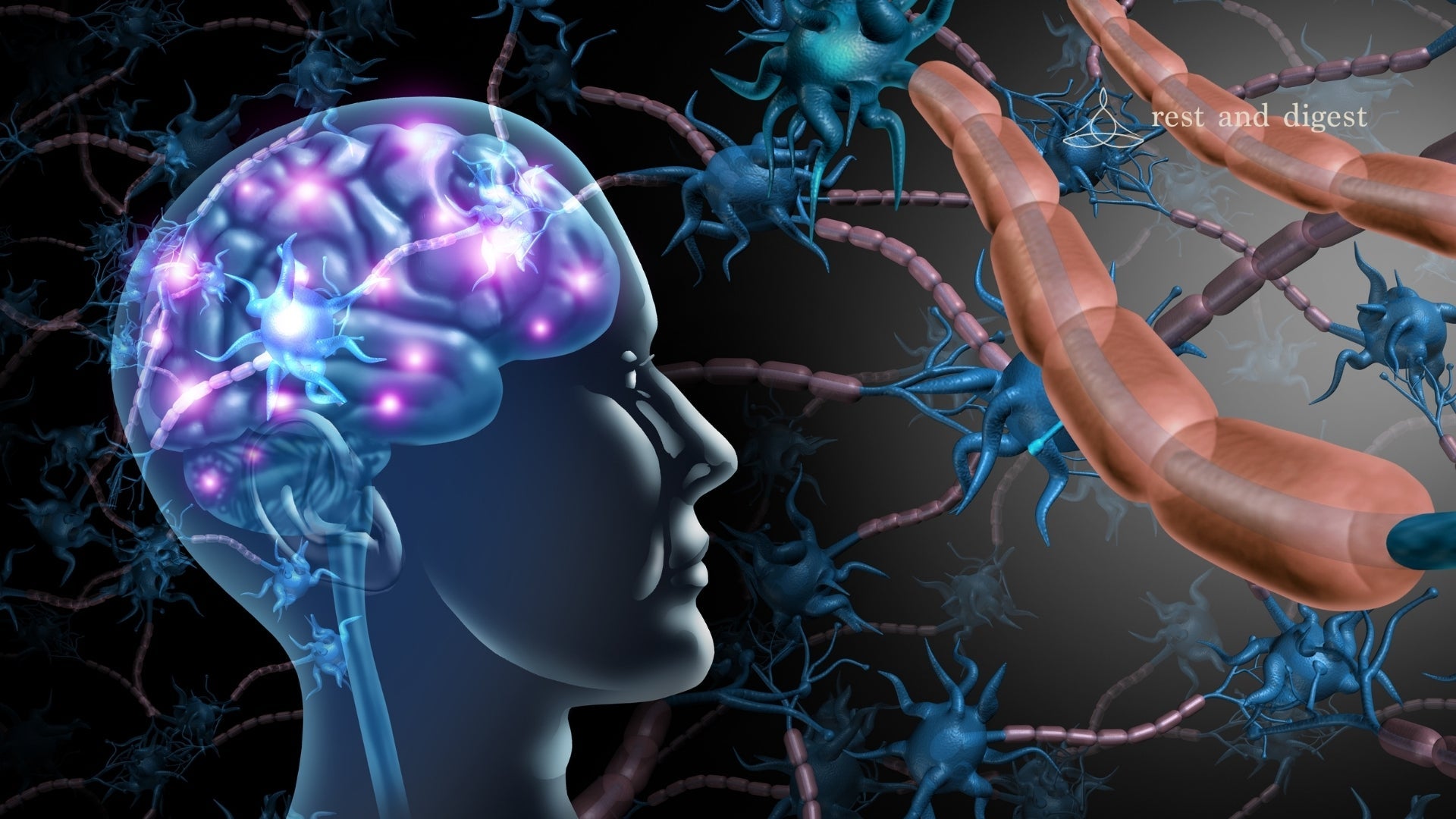
The Fight Or Flight Response - What Is It Exactly?
The fight or flight response is a powerful physiological reaction that has been vital to human survival. It’s rooted in our ancestral history and allows us to either confront or flee from perceived threats. It was important for our ancestors who faced physical threats, but in today’s world, it’s triggered by modern stressors. Knowing this survival response is key to understanding how stress affects us and how to manage it.
What Is The Fight Or Flight Response?
The fight or flight response is an automatic, physiological response triggered by the sympathetic nervous system when we perceive a threat. It prepares the body for immediate physical action to fight or to flee. It’s not a conscious decision. It’s an automatic process involving a complex mix of hormones and body systems. The end goal is to enhance physical performance and mental alertness so we can survive in threatening situations.
How Does Fight Or Flight Work?
When the brain perceives a threat it sends a signal to the hypothalamus, a region deep in the brain that’s the command centre. The hypothalamus talks to the rest of the body through the autonomic nervous system which controls involuntary functions like heart rate, breathing and digestion. The autonomic nervous system has two main branches: the sympathetic and parasympathetic nervous system.
The sympathetic nervous system is responsible for the response of fight or flight. Once activated it sends signals to various organs and tissues to prepare the body for action. This preparation involves a range of physiological changes: increased heart rate, rapid breathing, dilated pupils and the release of stress hormones. All of this happens almost instantly so the body can respond quickly to danger.
What Triggers It?
The fight or flight reaction can be triggered by many things, from physical threats to emotional stressors.
Physical Threats
Historically the fight or flight reaction was triggered by physical threats like encountering a predator or being in a dangerous situation. In these situations, the response is vital for survival as it allows us to either confront the threat or flee from it. For example, if we encounter a wild animal the body prepares to either fight or flee depending on which option gives us the best chance of survival.
Mental Or Emotional Stress
Nowadays, physical threats are less common but the fight or flight response is still triggered by mental or emotional stressors. Work pressures, personal conflicts, financial stress and other stressors can still activate the sympathetic nervous system in much the same way as physical threats. Although these stressors aren’t physically dangerous the body reacts as if they were and a cascade of physiological changes occurs just like when we’re in physical danger.
What Are The Signs Of The Response Activating?
The survival response of fight or flee can be seen in several physical changes.
Increased Heart Rate
One of the most obvious signs of the fight or flee response is a racing heart. The heart pumps more blood to the muscles so they’re ready to go. This increased circulation gets oxygen and nutrients to vital organs and muscles fast so the body can respond quickly to the threat.
Rapid Breathing
Along with a racing heart, shallow breathing or hyperventilation is another sign of this survival response. This increased breathing rate gets more oxygen into the bloodstream which is essential for the body to stay in a state of high alert and be ready for physical reaction.
Dilated Pupils
Dilated pupils are a less obvious but equally important change with the fight or flight reaction. Wider pupils let more light into the eyes so you can see better and detect potential threats. Better vision is important for spotting dangers and making quick decisions about them.
Sweating
Sweating is a response to stress and anxiety triggered by the sympathetic nervous system. Increased sweat helps regulate body temperature which can rise with intense physical activity. Sweating may have also evolved to make the skin slippery so we can slip out of the predator’s grasp.
How Does The Response Affect The Body?
The fight or flee response involves several physiological changes that collectively prepare the body to face or escape danger.
Increases Blood Flow To Muscles
One of the main effects of the fight or flight response is the redirection of the blood flow to the muscles. This increased circulation gives us physical strength and endurance so we can either fight or flee from danger. Blood is taken away from non-essential functions like digestion so the muscles get the oxygen and nutrients they need for quick movement.
Suppresses Non-Essential Functions
To prioritise immediate survival, the body suppresses non-essential functions during this automatic physiological response. For example, digestive activity is reduced as the energy used for digestion is redirected to the muscles and brain. Immune system activity may also be temporarily reduced as the body deals with the immediate threat.
Releases Stress Hormones
The fight or flee response triggers the release of stress hormones, adrenaline (epinephrine) and cortisol. Adrenaline increases heart rate, blood pressure and energy supplies. Cortisol increases glucose in the bloodstream for quick energy. These hormones also sharpen focus and physical capabilities so the body gets a temporary boost to deal with the threat.
What Are The Long-Term Effects Of Frequent Fight Or Flight Responses?
While fight or flee is important for survival in dangerous situations, frequent activation of this response can have negative effects on your health especially when triggered by chronic stress.
Chronic Stress
Frequent activation of the fight or flee response can lead to chronic stress which has many negative effects on your health. Chronic stress impairs immune function making you more prone to infections and illnesses. It can also disrupt sleep patterns making you feel fatigued and irritable and contribute to mental health disorders like anxiety and depression. Over time chronic stress can lead to serious health issues like heart disease, obesity and diabetes.
Anxiety Disorders
Constant activation of fight or flight can lead to anxiety disorders. When the body is in a state of high alert for too long, it can lead to conditions like generalised anxiety disorder (GAD), panic disorder and post-traumatic stress disorder (PTSD). These disorders are characterised by excessive worry, panic attacks and flashbacks and can greatly impact your quality of life.
Cardiovascular Problems
Repetitive activation of the sympathetic nervous system can strain the cardiovascular system. High heart rate and blood pressure which is common during stress can lead to cardiovascular problems like hypertension, heart disease and stroke. Over time the cumulative effect of chronic stress on the cardiovascular system can lead to life-threatening conditions.
How Can You Manage The Response?
With the potential downsides of this automatic physiological reaction, it’s good to learn how to manage stress. There are several ways to reduce the frequency and intensity of this response.
Deep Breathing
Deep breathing can counteract the fight-or-flee response by activating the parasympathetic nervous system which is relaxation. Techniques like diaphragmatic breathing where you breathe deeply from the diaphragm and paced breathing where the exhale is longer than the inhale can reduce the physical symptoms of stress and calm the mind.
Meditation And Mindfulness
Meditation and mindfulness are also great tools to manage this acute stress response. These techniques involve focusing the mind on the present moment and observing thoughts and feelings without judgment.
Regular practice can reduce stress levels, and improve emotional regulation and overall mental well-being so you can better cope with stressful situations. Take advantage of our Rest and Digest Queen B Mindfulness Kit to create calming mindful rituals.
Exercise
Regular physical activity such as yoga is another way to manage stress and reduce the frequency of sympathetic nervous system activation. Exercise releases endorphins which are natural mood elevators and help the body to return to a state of relaxation after a stressor has passed. Exercise also improves cardiovascular health and overall fitness which can reduce the physical symptoms of stress.
Our Rest and Digest Yoga Bundle complete with a natural jute and rubber yoga mat, extra-long stretch straps and cork yoga blocks is a great toolkit for anyone looking to start an exercise regimen.
Seek Professional Help
If you’re experiencing frequent or severe fight-or-flight responses, get professional help. Therapists and counsellors can teach you strategies and support you in managing stress, addressing underlying issues and developing healthy coping mechanisms. Cognitive-behavioural therapy(CBT) is a common approach that helps you identify and change negative thought patterns that contribute to stress and anxiety.
The Best Products To Help You Relax Naturally
Understanding the fight-or-flight response is essential to managing stress. At Rest and Digest, we offer several self care products designed to help you relax and counteract this natural reaction.
Check out The Base Collective Magnesium Oil Spray for relieving muscle tension and promoting restful sleep and the Magnesium Bath Salts for a relaxing soak. Our Hayo’u Beauty Oil and Body Oil featuring nourishing ingredients like camelia and lotus flower oils are perfect for a calming self care routine.
If you are looking for a more aromatic approach to relaxation, consider Serene Body Health Natural Fragrances from Rest and Digest which comes with a refreshing mix of essential oils. Blends like Aware and Rest promote mindfulness and relaxation while Lift and Ground are ideal for stress relief and revitalisation.
Also, our Better Tea and Love Tea herbal tea ranges feature blends like Anxietea with chamomile and lavender for stress relief and, Sleep Tea with valerian root and passion flower for calming the nervous system. For ultimate relaxation, consider our self care hampers that include a mix of these products in a lovely gift set.
The fight or flight response is a part of human physiology designed to protect us from immediate danger. While this response is necessary for survival, its frequent activation due to modern stressors can have negative effects on our health. By understanding how the fight or flight response works and recognizing its signs, we can manage stress better and reduce its long-term effects.





